We previously mentioned several online real estate tools. Some other sites include:
This is one of the few sites that also list foreclosures. The online foreclosure information is a bit of a racket. It should be easily searchable free information as it is provided by local courthouses. But all sites that offer foreclosure information charge regular fees. Even HotPads does so, but if you know a neighborhood, you can often determine the house under foreclosure using their detailed maps.
HotPads is good for market research, as it breaks down household income, population density, age, and rent ratio. You can see in this map that the very north of Arlington has relatively few foreclosures, while everything beyond it in Virginia is near or above a rate of 1 in every 150 houses under foreclosure. D.C. and Maryland have fewer foreclosures, presumably because state laws there have made foreclosures take longer for the banks.
Homesdatabase is another search site that allows you to search for MLS listed houses without needing a realtor.

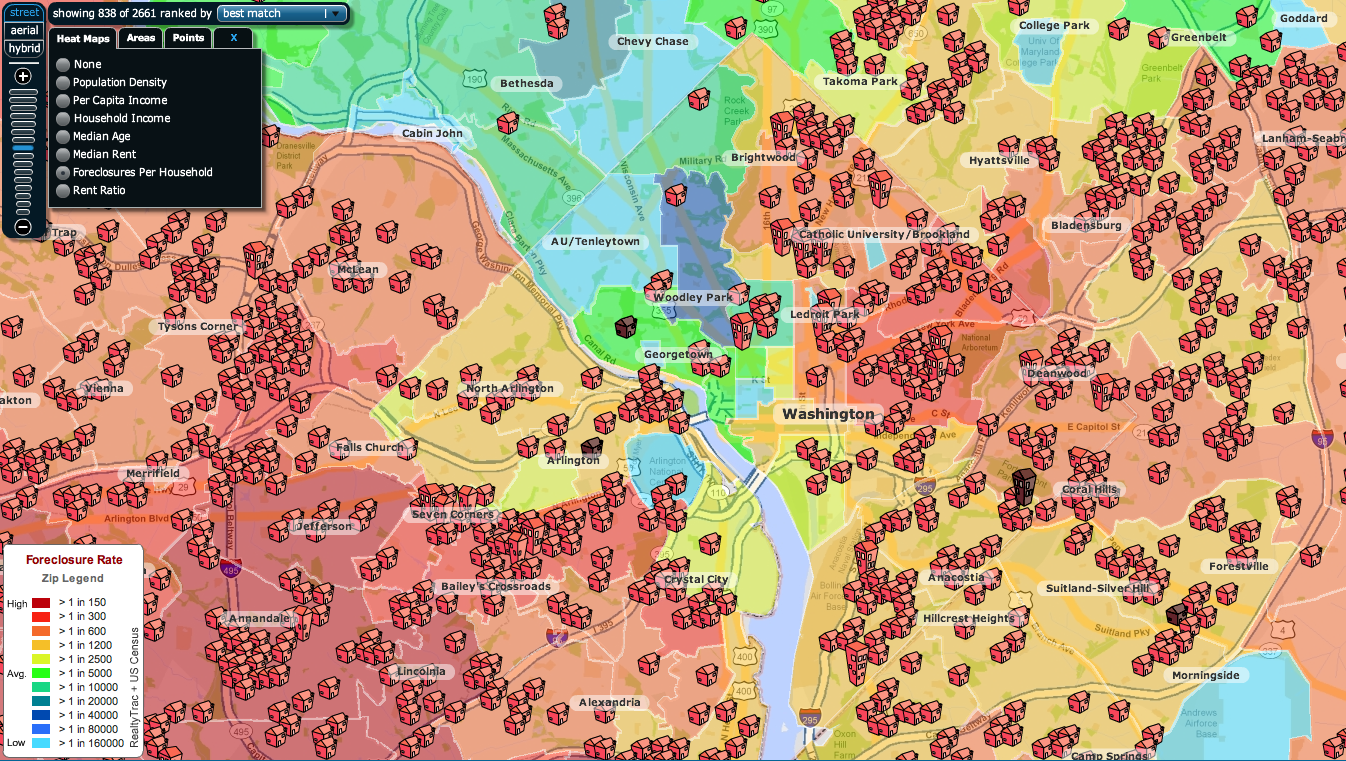
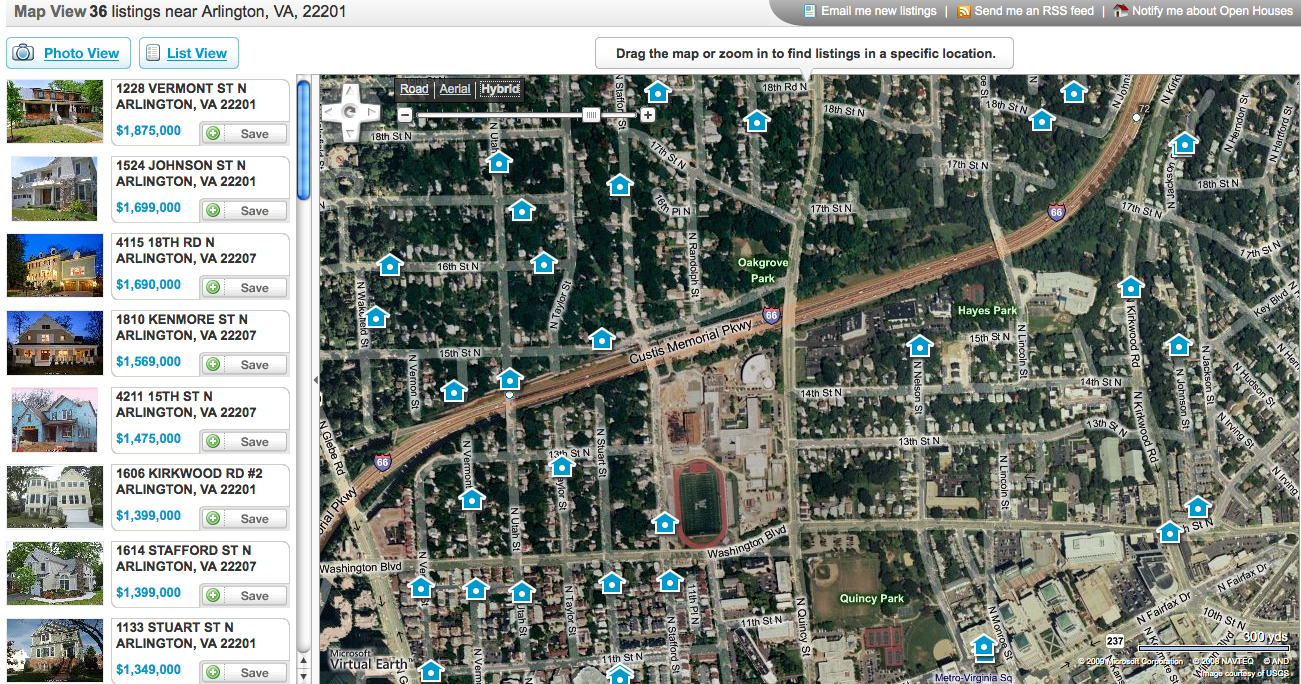
 SUPERAntiSpyware
SUPERAntiSpyware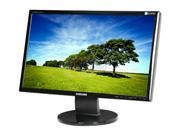 An example of this new even wider ratio is the
An example of this new even wider ratio is the 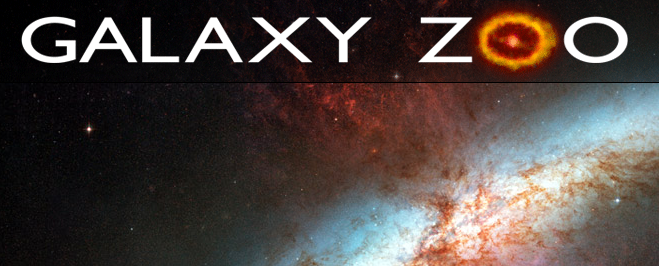
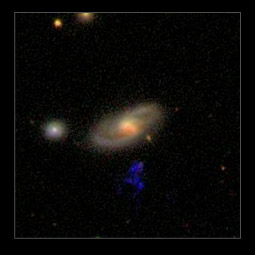 So far, they’ve learned that more spiral galaxies and blue elliptical galaxies exist than previously thought. There are an equal number of clockwise and anti-clockwise spirals. And there are some unusual objects (blue image below galaxy to the right) that have been noted for astronomers to investigate further.
So far, they’ve learned that more spiral galaxies and blue elliptical galaxies exist than previously thought. There are an equal number of clockwise and anti-clockwise spirals. And there are some unusual objects (blue image below galaxy to the right) that have been noted for astronomers to investigate further.